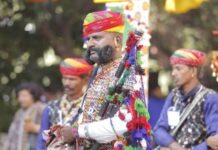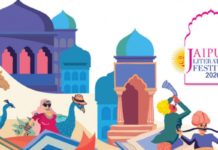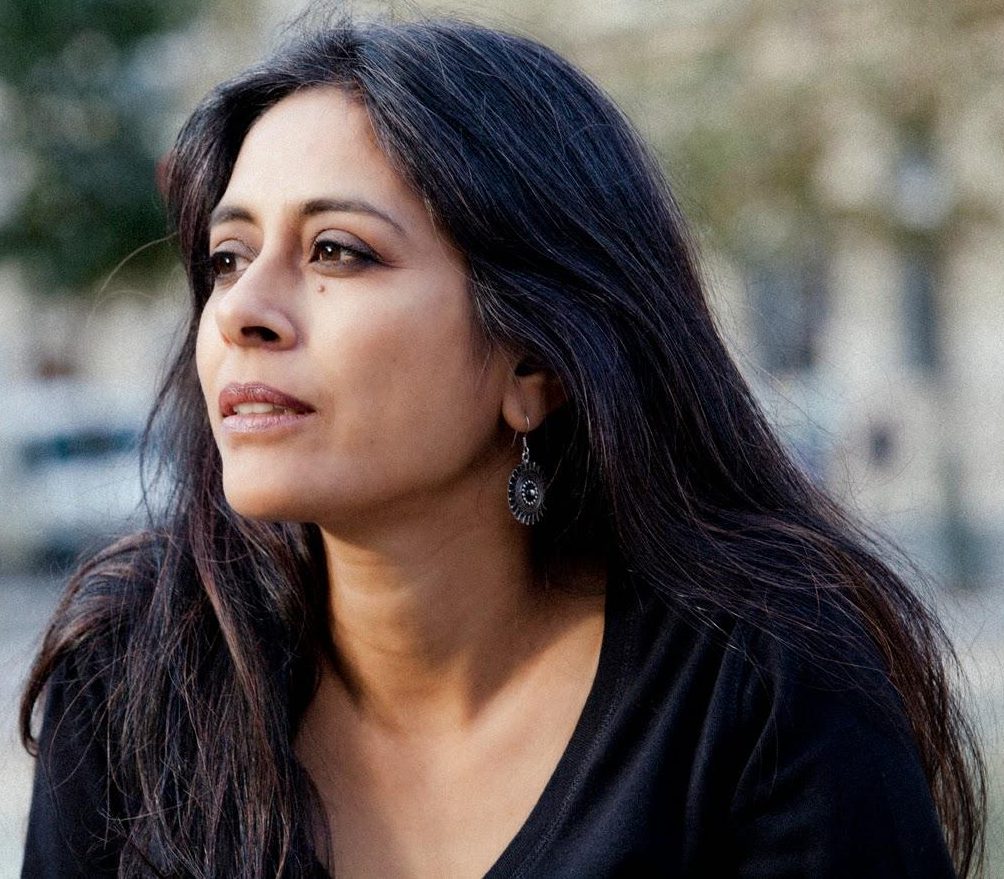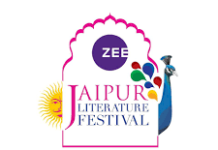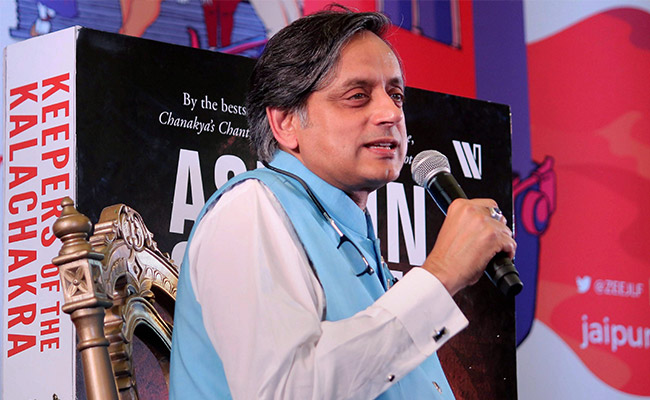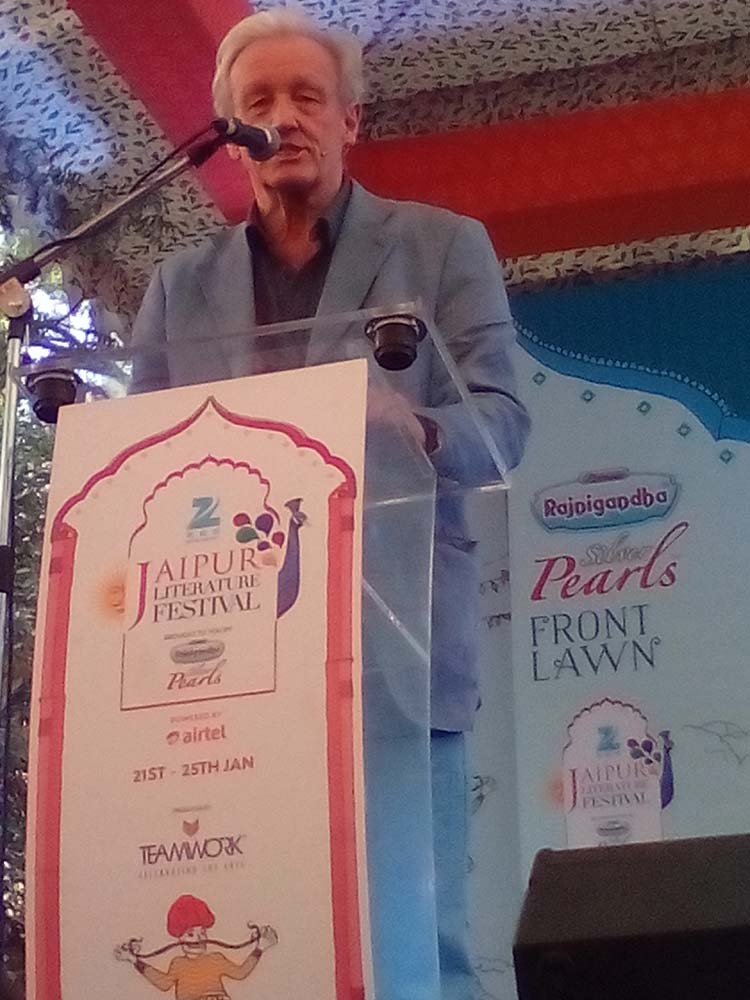
By Vikas Datta
JAIPUR– Its demise was predicted as far as back as the 1930s but it endured, and even in our day, despite the internet and Google Maps allowing us to access any part of the world virtually on our devices, travel writing will stay as the best window into other cultures, says a panel of travelogue writers.
Travel writing “is one of the most ancient forms of literature, predating the novel by thousands of years and a form that has ‘appeared simultaneously and independently throughout the world”, said writer William Dalrymple as he kicked off “The Travel Session”, featuring legendary travel writer Colin Thubron, Anthony Sattin, and Gerard Russell among others, at the final day of the Jaipur Literature Festival on Monday.
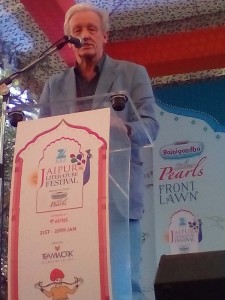
Thubron, who has over half a century experience of travel to exotic and rarely-frequented (then) places across Europe and Asia after chronicling his first journey in “Mirror to Damascus” (1967) – the one such work on the Syrian capital in over a 100 years, contended that the end of travel writing was predicted in the 1930s, but “it refused to die”.
Internet, Google Maps may have allowed people to virtually plot the entire globe and view from the comforts of one’s home, but he maintained that “the feeling of being in the place is different to seeing it on the desktop” and expressed confidence that although different generations might approach travel differently, the impulse for adventure remained the same.
“One must dare to do something special, as it always yields into something great,” said Thubron, whose other works include “Among the Russians” (1983), “Behind the Wall: A Journey through China” (1987), “The Lost Heart of Asia” (1994), “In Siberia” (1999), and “To a Mountain in Tibet” (2011).
British journalist and writer Sattin, who read from his book “The Pharaoh’s Shadow: Travels in Ancient and Modern Egypt”, a nuanced and evocative journey in time and space through the country’s past to its conflicted present, said his experience showed him that the way ancient Egyptians lived thousands of years ago continues to define existence there even today.
Indian journalist Salil Tripathi, who has been to over 50 countries, said he likes looking at places “through their literature or their people or their history”, while American writer and journalist Alex Shoumatoff noted how adventures can be inspired from the strangest of places.
In his case, it was a piece about India’s northeastern state Mizoram, “wedged between Myanmar and Bangladesh”, in a Canadian newspaper and he was so interested in it “decided to investigate, and ended up writing an article about the rat infestation in the bamboo plants in the region, and its affect on the locals”.
Despite visiting and writing about several unique places in her “Small Wars Permitting: Dispatches from Foreign Lands” (2008), British journalist and author Christina Lamb, who quipped that she felt she was there on false pretenses since she was at the festival as The Sunday Times foreign correspondent, not as a conventional travel writer.
Reading from “Farewell Kabul: From Afghanistan to a More Dangerous Place”, she mentioned her experience of visiting Guantanamo Bay, which she described as “the strangest place” she had ever been to, where she saw instances of inhumane treatment, but also such a “complex toilet flushing system was so complex that she had to receive a military briefing on it” and how “people seemed more worried about bumping into iguanas than the human rights violations going on”.
Russell, a former British diplomat, mentioned some experiences of encountering several unique but obscure and dying religions he had encountered in the Middle East including the Mandeans, Yazidis and Samaritans, which he had described in “Heirs to a Forgotten Kingdom”, and maintains are the last surviving examples of the curious, hidden links between today’s religions.




